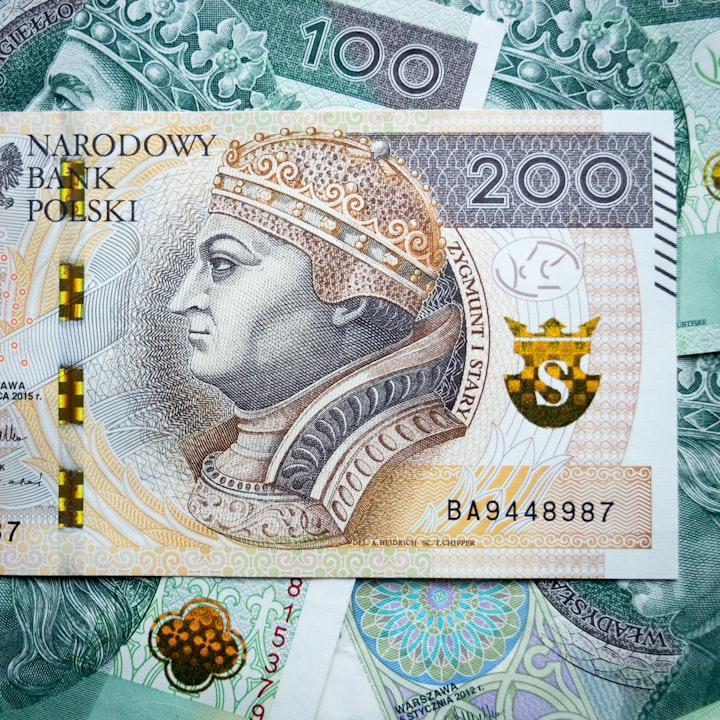What Factors Determine the Price of an Item?
Discover the key factors driving item pricing, from supply and demand dynamics to consumer perception and economic conditions.

Have you ever pondered the underlying reasons for the price of an item when wandering through a store or browsing online marketplaces?
What contributes to the numeric value on a price tag?
Let's delve into the intricate factors that determine the price of an item.
Supply and Demand Dynamics
One of the fundamental principles influencing pricing is the interaction between supply and demand.
This interplay sets the foundation for price determination.
When demand surpasses supply, prices tend to rise, reflecting scarcity and heightened desirability.
Conversely, if the supply exceeds demand, prices may fall as sellers aim to offload excess inventory.
Cost of Production and Overhead Expenses
In a profit-driven marketplace, sellers establish prices based on the cost of production and overhead expenses.
These include the cost of acquiring the item, operational expenditures, desired profit margins, and statutory levies.
These elements form the lower threshold of an item's price - the point at which a seller can maintain profitability.
Market Positioning and Brand Image
Additionally, a seller's market positioning and brand image significantly influence pricing.
Luxury and premium brands often command higher price points, leveraging the allure of exclusivity and quality.
Conversely, discount-oriented pricing strategies position products as accessible and affordable, aiming to drive sales volume.
Consumer Perception and Expectations
Consumer perception and expectations play a vital role in price setting.
A vendor's pricing decisions often align with consumer perceptions of value, especially in industries where prestige and perceived value heavily influence purchasing patterns.
Economic Conditions and External Factors
External economic factors, such as inflation, currency fluctuations, and market trends, exert palpable influences on pricing.
A seller's pricing strategy must adapt to these ever-changing economic landscapes to maintain competitiveness and viability.
The determination of an item's price is multifaceted, intertwining supply and demand dynamics, production costs, brand image, consumer expectations, and external economic influences.
So, next time you spot a price tag, consider the intricate web of considerations shaping that number.






